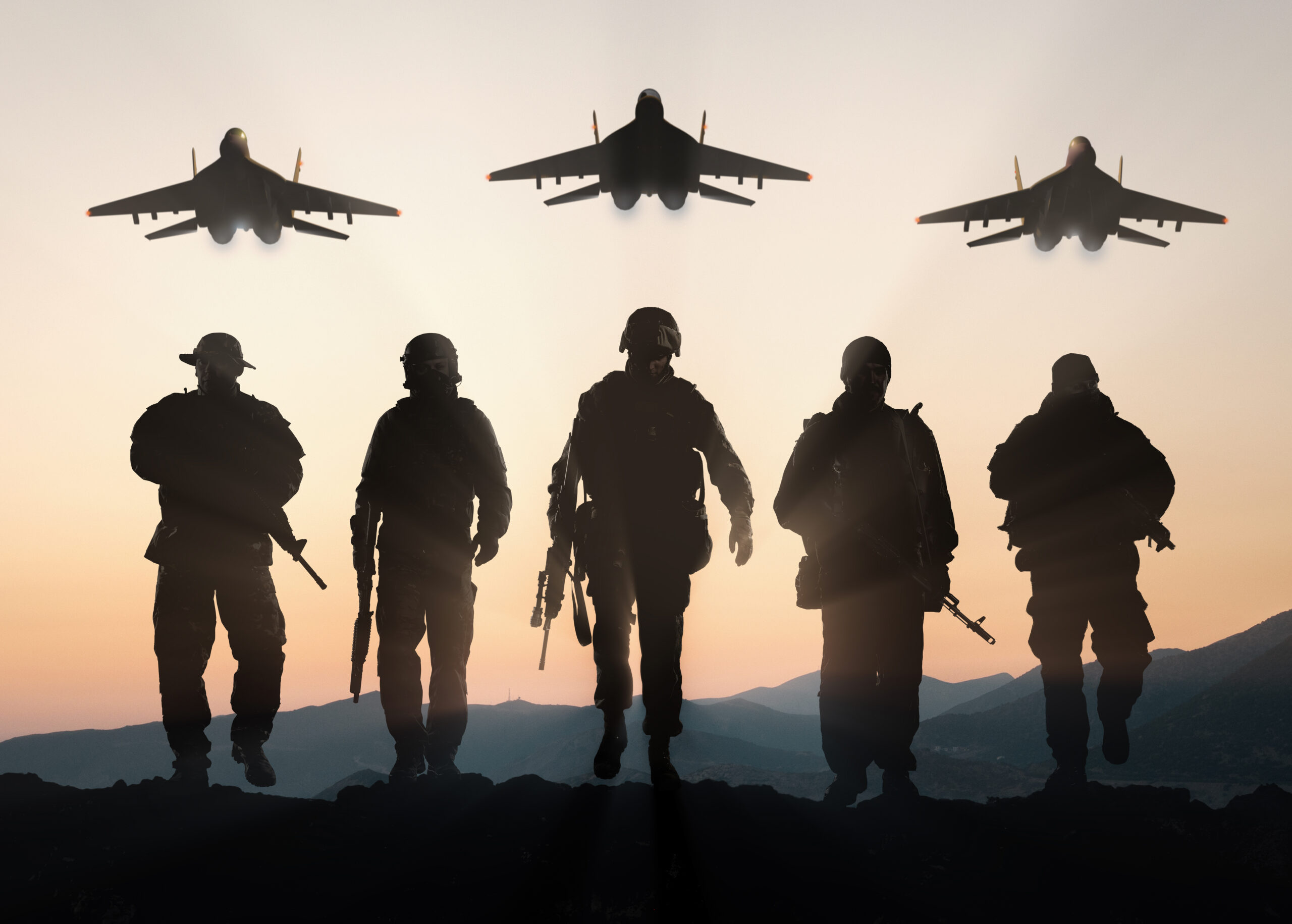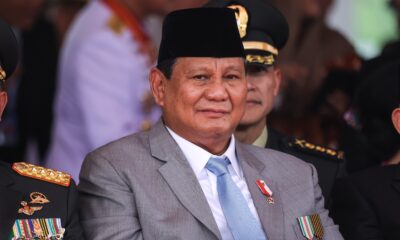US Military Strength Dwindles Amid Global Tensions

The U.S. military faces a stark reality in an era marked by escalating global tensions and complex security challenges. A comprehensive report published on Wednesday by The Heritage Foundation, a respected conservative think tank, has raised significant concerns about the readiness and capability of America’s armed forces. The 2024 Index of U.S. Military Strength paints a concerning picture, suggesting that the U.S. military, once the unchallenged guardian of global peace, now struggles with critical shortcomings.
The report, which utilizes data up to January 2023, offers an especially sobering assessment of the Air Force, rating its capability as “very weak” — the lowest grade on the think tank’s scale. This alarming verdict stems from declining mission-capable rates, insufficient aircrew training, and questionable deployability. Such factors are crucial in determining the Air Force’s ability to withstand a conflict with peer competitors like Russia or China.
Air Force Secretary Frank Kendall’s recent statements echo this sentiment. In a Facebook livestream last August, Kendall questioned the readiness of the Air Force to engage in war against major powers. This concern led to a comprehensive review aimed at “re-optimizing” the Air Force. Yet, as the report suggests, without a significant increase in flying hours and material readiness, these efforts might be insufficient to reverse the current trend of declining readiness.
The Heritage Foundation’s assessment is not just confined to the Air Force. The overall military posture of the United States is rated as “weak,” with each branch facing its unique set of challenges. Despite being labeled as “marginal,” the Army struggles with aging equipment and a capacity that is a mere 62 percent of what is deemed necessary for handling major regional conflicts. The Navy, too, is beset by an aging fleet and a technology gap closing in favor of its adversaries.
Furthermore, the report highlights a concerning trend across the military branches: prioritizing readiness at the cost of capacity and modernization. While some progress has been made in readiness, the long-term implications of this approach could be detrimental, particularly in shipbuilding and the production of advanced combat aircraft.
The implications of these findings are far-reaching. In a world where the U.S. faces increasingly assertive adversaries, the need for a strong, capable military is more pressing than ever. The challenges are not just external; they also include internal factors such as underfunding, shifting security policies and recruitment difficulties. The ongoing conflict in Ukraine, which has demanded significant U.S. support, further strains these already overstretched resources.
This situation calls for reevaluating national security priorities and a concerted effort to address these deficiencies. While the U.S. continues to support global allies and maintain its strategic positions, it cannot afford to neglect the pressing need to bolster its military strength. The Heritage Foundation’s report is a wake-up call, underscoring the urgency of revitalizing America’s military capabilities to ensure national security and maintain global stability.
























